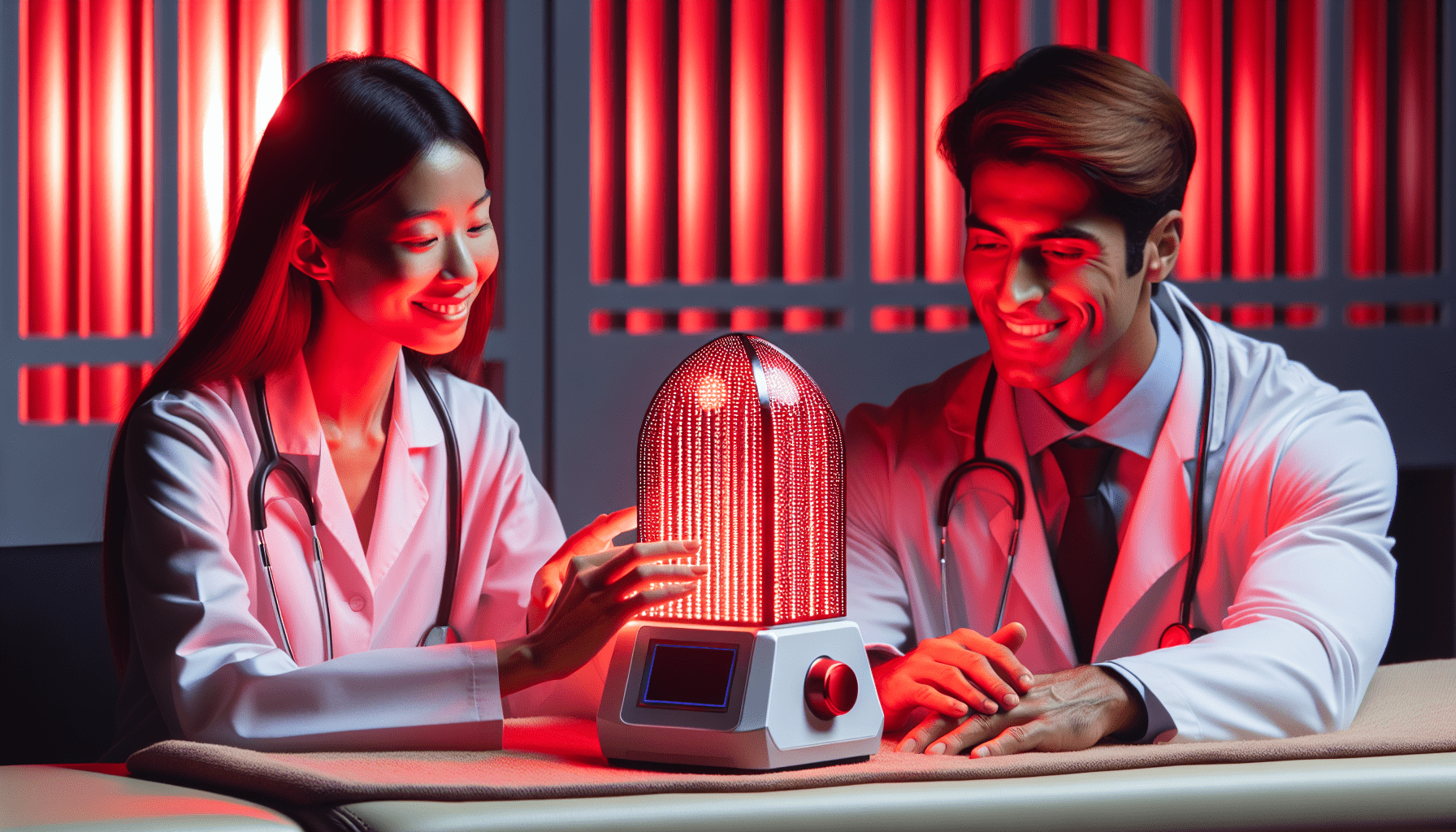Hello there! Have you ever heard of red light therapy and its potential benefits for treating various health conditions? In this article, we will explore the possibility of using red light therapy as a treatment option for Huntington’s disease. As we delve into the research and findings on this innovative approach, you may be surprised by the potential impact it could have on those suffering from this debilitating neurological disorder. Get ready to learn more about the promising potential of red light therapy in the treatment of Huntington’s disease.
Can Red Light Therapy Treat Huntington’s Disease?
Have you ever wondered if red light therapy could be used to treat Huntington’s disease? In this article, we will explore the potential benefits of red light therapy in managing Huntington’s disease symptoms, the current research available, and how this non-invasive treatment method could potentially make a difference in the lives of those affected by this debilitating condition.

What is Huntington’s Disease?
Before delving into the potential benefits of red light therapy for Huntington’s disease, it’s essential to understand the basics of this condition. Huntington’s disease is a genetic disorder that causes the progressive breakdown of nerve cells in the brain. This leads to a wide range of physical, cognitive, and emotional symptoms, with movement and cognitive impairments being hallmarks of the disease.
How Does Red Light Therapy Work?
Red light therapy, also known as low-level laser therapy (LLLT) or photobiomodulation, is a non-invasive treatment technique that involves exposing the body to light in the red to near-infrared spectrum. This light is absorbed by cells and helps stimulate the production of ATP, the energy currency of cells.
The Benefits of Red Light Therapy for Huntington’s Disease
Red light therapy has been shown to have a range of benefits that could be especially beneficial for individuals with Huntington’s disease. Some potential benefits of red light therapy for Huntington’s disease include:
- Reduced inflammation: Inflammation in the brain is a key factor in the progression of Huntington’s disease. Red light therapy has anti-inflammatory properties that could help reduce inflammation and slow down the progression of the disease.
- Improved mitochondrial function: Mitochondrial dysfunction is a common feature of neurodegenerative diseases like Huntington’s. Red light therapy can boost mitochondrial function, leading to improved energy production and overall cellular health.
- Enhanced neuroprotection: Red light therapy has been shown to have neuroprotective effects, helping to protect nerve cells from damage and degeneration.
- Improved cognitive function: Cognitive decline is a significant challenge for individuals with Huntington’s disease. Red light therapy has the potential to improve cognitive function and slow down cognitive decline.
The Science Behind Red Light Therapy
Numerous studies have explored the potential benefits of red light therapy for neurodegenerative diseases, including Huntington’s disease. One study published in the journal “Frontiers in Aging Neuroscience” found that red light therapy could improve cognitive function and reduce neuroinflammation in a mouse model of Huntington’s disease. Another study published in “Brain Research” showed that red light therapy could enhance mitochondrial function in the brains of rats with Huntington’s-like symptoms.
Red Light Therapy Devices for Home Use
One of the advantages of red light therapy is that it can be easily administered at home using handheld devices or panel lights. These devices are safe, affordable, and convenient, making it easier for individuals with Huntington’s disease to incorporate red light therapy into their treatment regimen.

How to Incorporate Red Light Therapy into Your Treatment Plan
If you or a loved one is living with Huntington’s disease and are interested in exploring red light therapy as a potential treatment option, it’s essential to consult with a healthcare professional before starting any new therapy. Here are some tips on how to incorporate red light therapy into your treatment plan:
- Consult with a healthcare provider: Before starting red light therapy, speak with your healthcare provider to ensure that it is safe and appropriate for your specific condition.
- Invest in a reputable red light therapy device: Choose a red light therapy device from a reputable manufacturer to ensure quality and safety.
- Develop a treatment plan: Work with your healthcare provider to develop a treatment plan that includes the frequency and duration of red light therapy sessions.
- Track your progress: Keep a journal of your symptoms and any changes you notice after starting red light therapy to monitor its effectiveness.
The Future of Red Light Therapy for Huntington’s Disease
While the research on red light therapy for Huntington’s disease is still in its early stages, the potential benefits of this non-invasive treatment method are promising. With further research and clinical trials, red light therapy could become an essential component of managing Huntington’s disease symptoms and improving the quality of life for individuals living with this condition.
In conclusion, red light therapy shows great promise as a potential treatment option for Huntington’s disease. By understanding the benefits of red light therapy, exploring the current research available, and incorporating this non-invasive treatment method into a comprehensive care plan, individuals with Huntington’s disease can explore new avenues for managing their symptoms and improving their quality of life. Talk to your healthcare provider today to see if red light therapy could be a beneficial addition to your treatment regimen.
